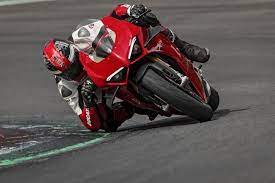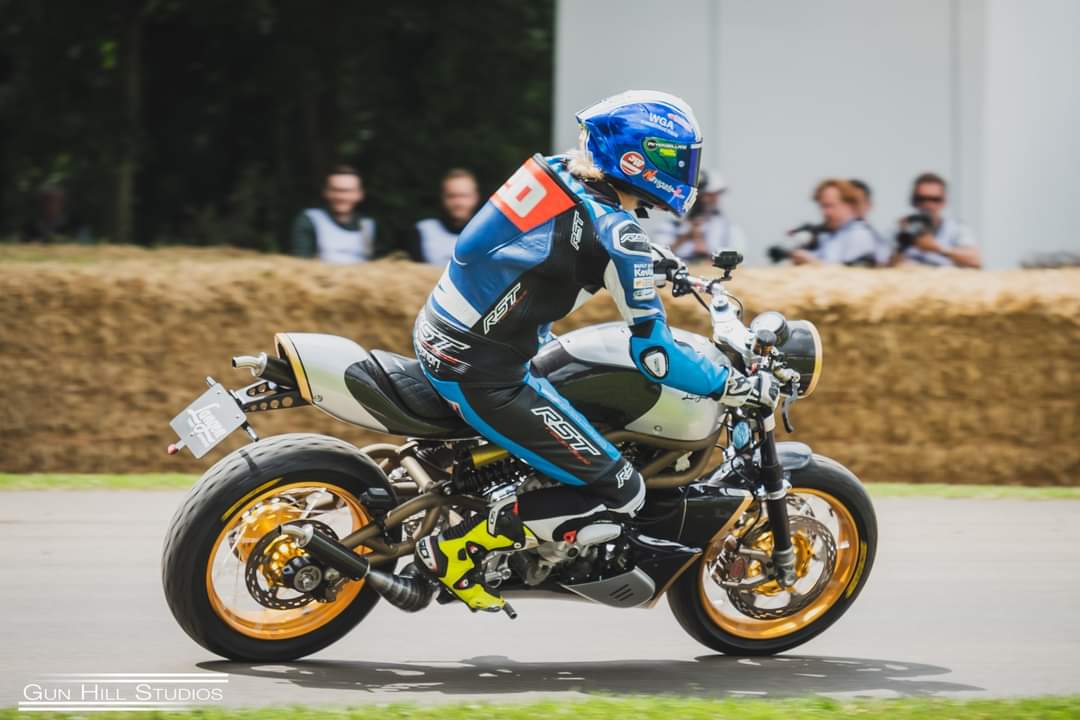Next Ducati Panigale V4 could come with MotoGP-inspired seamless transmission
It has been a feature of the MotoGP racing class since 2010 but Ducati may have finally found a way to bring the seamless transmission to its Panigale V4

Having taken its signature flagship sportsbike to the next level with the introduction of V4 engine architecture, Ducati has its work cut out to raise the standard again with its next generation Panigale.
However, those clever Italian engineers might have done just that if reports are verified that it is developing a seamless transmission that will surely be able to make the most of that raw power on tap.
Working like a dual clutch transmission commonly found on sportsbikes, the seamless transition makes do with just a single clutch doing the legwork. It’s not a easy system to develop, with Honda developing the first example to be used on its 2010 MotoGP challenger, which German publication Motorrad remembers needed security guard protection to stop spying rivals from copying the system.
Eventually they did though and seamless gearboxes have been commonplace since, but it is Ducati that looks set to bring the technology to a wider audience with the next generation Panigale due potentially in 2022.
Seamless is designed to put an end to ‘shift shock’, the act of the rear moving around, but since it places stress on the single clutch it has been hard to ensure it is reliable.
However, Ducati is understood to have made a breakthrough with a system that bears a resemblance to Honda’s DCT gearbox. While that is designed for smooth, relaxed changes on models like the Gold Wing, the Ducati Panigale V4 version is tuned to offer quick, snappy gear shifts that will wring every last drop of bhp so the bike feels faster without having to be more powerful.

How has Ducati achieved this?
According to Motorrad, locking blades on the gear wheels are the innovation brought in to ensure the clutch doesn’t go south when it is placed under too much stress. It calls it a small but fine mechanical ‘masterpiece’ that should ensure longevity, something MotoGP transmissions are not designed to do by contrast.
The seamless transmission is set to be the latest innovation handed down from MotoGP that has subsequently inspired sportsbikes to compete in the WorldSBK Championship too.
However, while the advent of wings haven’t been met with universal acclaim, if Ducati gets the seamless transmission correct then it might just start a new revolution in the sportsbike class… are you watching Honda, Yamaha and Kawasaki?

